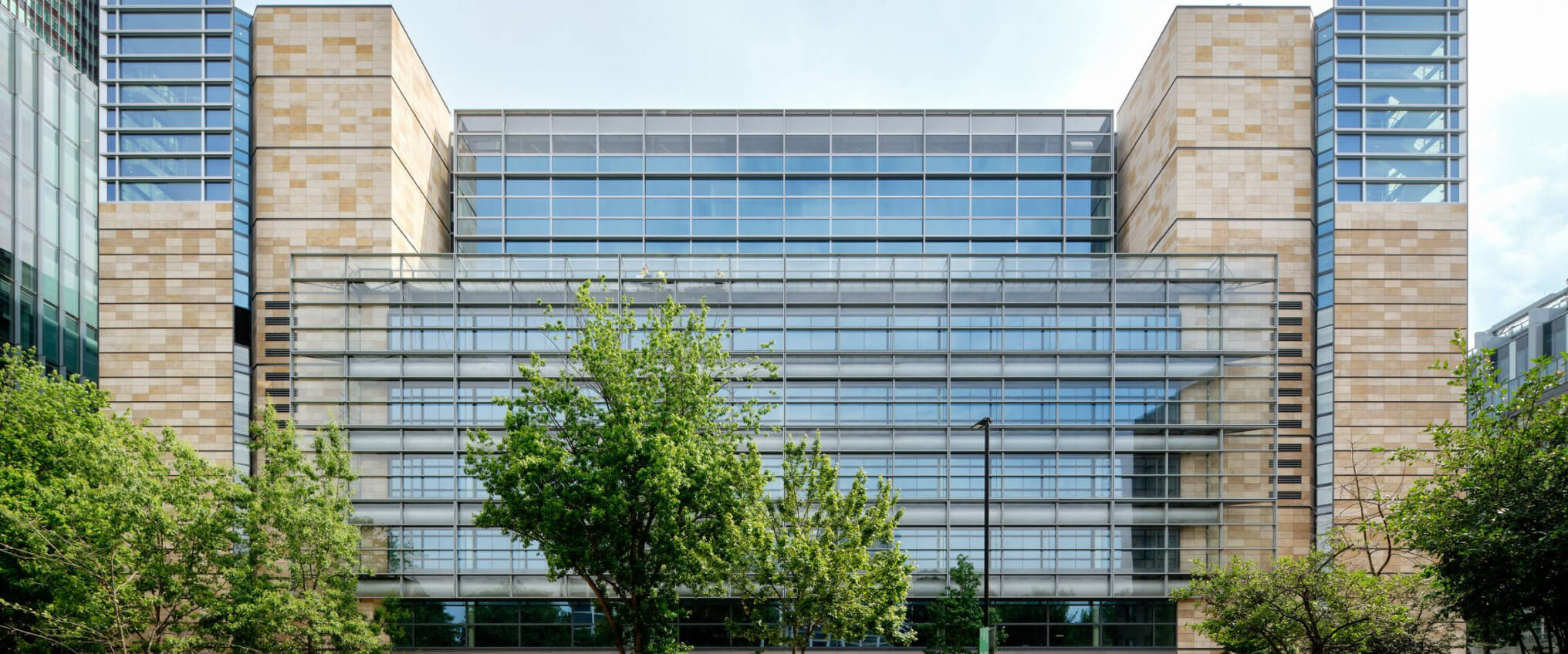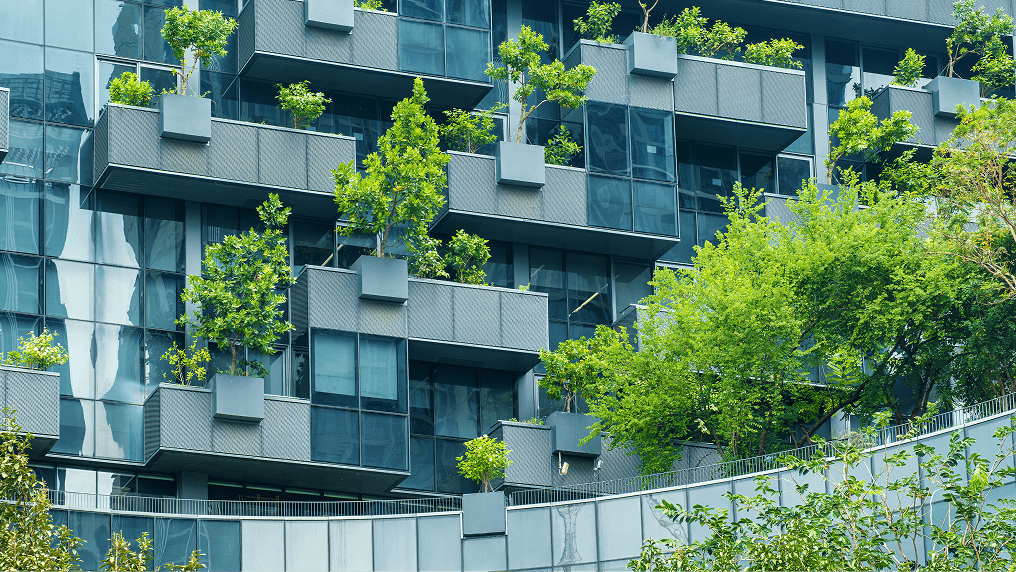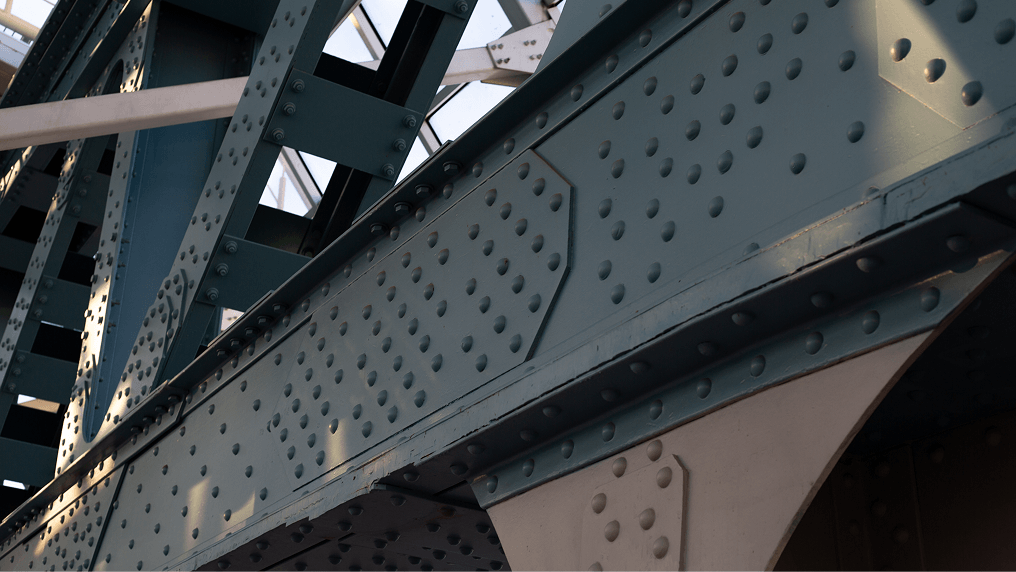1 Triton Square, London, was purpose-built for the First National Bank of Chicago in 1997. Twenty years after it was completed, new workstyles and performance standards prompted an upgrade of the space. The typical way of doing so would have involved demolishing and constructing a new building. Instead, through an expansive reuse approach, Arup proposed keeping as much of the existing structure and façade as possible, adding three extra floors to double office space while minimising the environmental footprint of the building’s upgrade. This circular approach offered many benefits: the refurbishment of the façade for instance not only saved 1,270 tonnes of carbon but also offered a 66% cost saving against a like for like replacement. The new design, completed in early 2021, is set to provide a healthy, flexible workplace to 4,000 people as well as retail units and a gym.
Biodiversity benefits
The circular economy approach to retaining and reusing as much of the existing frame and façade as possible saved 3,300m2 of limestone, 35,000 tonnes of concrete and 1,900 tonnes of steel. By doing so, the project avoided the impacts on biodiversity of extracting and processing such amounts of virgin resources. This approach also minimised the carbon footprint of the redevelopment, hence reducing its contribution to climate change - one of the key drivers of biodiversity loss. Compared to a typical new build alternative, the building has been estimated to achieve a 54% carbon saving in construction and operation, equivalent to the annual energy consumption of over 10,000 UK homes.
This page is part of a deep dive into biodiversity and the built environment, where we delve deeper into leaving room for biodiversity by reducing pressures on natural resources.







